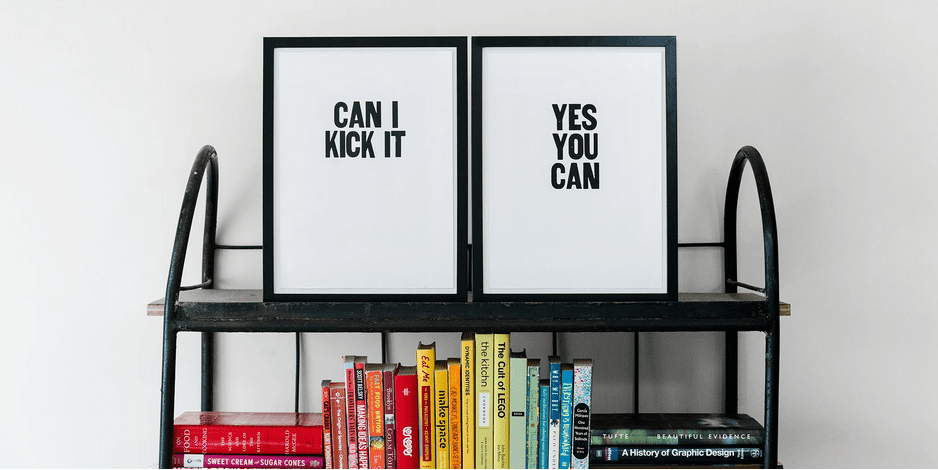Arianna Orland’s innate curiosity has gotten her far in her career. Never satisfied with the status quo, she continually uses both inquiry and hustle to propel herself to grow and acquire the necessary skills to be successful. She refers to this process as “reinvention.”
Arianna has worked for several companies as a designer in many different capacities over in the past 15+ years—either as a full-time employee or consultant, and what she learned in the process is that she likes the independence and freedom associated with working for herself, because it keeps her perspective sharp and allows her to create across the breadth of her expertise. All of this freedom is not without its challenges. Arianna acknowledges “As a freelancer, you’re your only advocate. You have to understand what your time is worth and how to negotiate the best fees to maintain your business, no one else will do this for you but you.”
After leaving her last full-time job a year ago as Senior Director Creative of Global Brand at Zynga, she now runs her own consulting business, working with startups and Fortune 500 companies on creative direction, brand strategy, and user experience. Of course, never satisfied with just doing one thing, she also is the founder and proprietress behind Paper Jam Press, a letterpress poster and apparel business she founded in 2009.
“You know that expression if you really love something, it doesn’t feel like work? Paper Jam Press never feels like work to me. It feels like a source of inspiration, teaches me things all the time, and consistently reminds me why making things with our hands for other people to enjoy is the most magical thing we as designers can do.” she says.
Reinvention isn’t easy, especially when it comes to freelancing. Here, Arianna shares some advice for those adventurous souls looking to make the move from full-time employment to being self-employed.
- Make sure you’re financially prepared to do it. I don’t think flipping a switch is the right way to go about it. Have three months worth of salary in the bank and be prepared for feast and famine. Freelancing can be a financial hardship if you’re looking at your business in a short term way. You have to have the stomach for it and understand it’s a long-term play, but it’s a wonderful way to reinvent yourself and find the kind of projects that you want and stretch your skills and abilities.
- You have to tell people that you’re doing it. Tell everyone you know—family, friends, all your old co-workers. You’ve made wonderful relationships with these people and hopefully these people will think of you when they need your services. You never know where work will come from. LinkedIn is a good place to state what your intentions are. If you’re seeking new opportunities, it’s great to state that there.
- I love making coffee dates with former colleagues and hearing what’s going on with them personally and at their jobs. Oftentimes it can lead to an opportunity. Being an extrovert and being social is a big part of staying top of mind for potential collaborators.
- If you’re passionate about something or want to break into a new market, just do it. We get so hung up on our billable time that it prevents us from doing different things. For instance, I started Paper Jam Press as a way to take a break from client work. I wanted a project where I could be in total control of the creative output and where I could make a tangible object. It started as a way to nurture my creativity and from there it became a business. “
- Take a class. Personal and professional growth are important to stay fresh and motivated.
- You have to have a diverse skill set and sometimes be a marketer and sometimes do things that aren’t necessarily your expertise. You have to be able to write a proposal, even if you don’t think of yourself as a good writer. Consult with other freelancers about their rates and clients. People are willing to share this information if you ask.
- You really have to tolerate ambiguity. I’ve had two week projects turn into six month projects, and I’ve had moments where I’ve gotten really comfortable with what I thought was a long-term consulting gig, only to have it disappear. You have to be able to deal with the ups and downs.
This article was originally published on Creative Live in January 2015, but the information is as relevant as ever!
